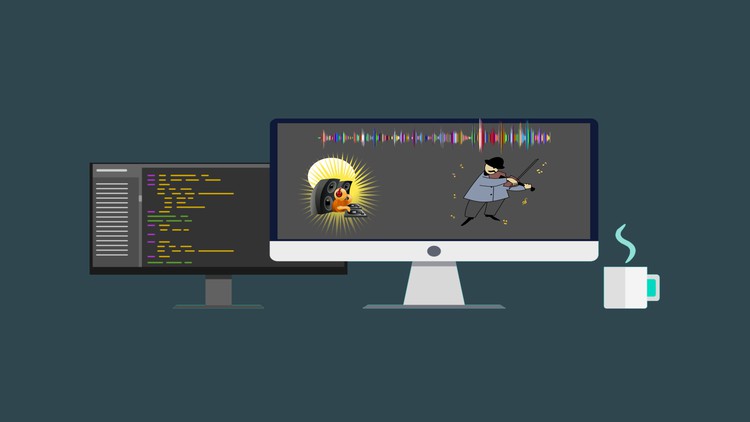
What you will learn
Take the first step in your Web Audio API journey
Understand difference between analog and digital sounds
Understand characteristics of sound
Explore on capturing and playing audio sound using Web Audio API
How to processing captured sound by changing volume or filtering frequencies
How to visualize audio on browser
Description
The Web Audio API provides a powerful and versatile system for controlling audio on the Web, allowing developers to choose audio sources, add effects to audio, create audio visualizations, apply spatial effects (such as panning) and much more.
This course is more focused on how to capture or play audio from audio sources, how to apply multiple filters (low pass filter, high pass filter, bandpass filter), how to delay the sound and create an echo effect and also focus on how to change the volume of capture sound.
For web developers, this course can understand the audio concepts effectively and how to create digital audio workstation applications in web applications using Web Audio API without knowing the complex digital signal processing algorithm like convolution, Fast Fourier Transform (FFT).
For the audio engineer, this course is the opportunity to understand how to convert desktop-based audio processing applications into web-based applications using Web Audio API.
This course also covers the basics of audio and audio properties like frequency and amplitude.
This course is divided into 3 Parts.
-
Audio Player HTML Element and Object
-
Web Audio API – Audio Sources
-
Audio Source Generator – Oscillator
-
Live Input Capture – Microphone Input
-
-
Web Audio API – Modification Node.
-
GainNode
-
DelayNode
-
BiQuardFilters
-
Join me in this course if you’re ready to dive into Web Audio API. You won’t be disappointed!
Content